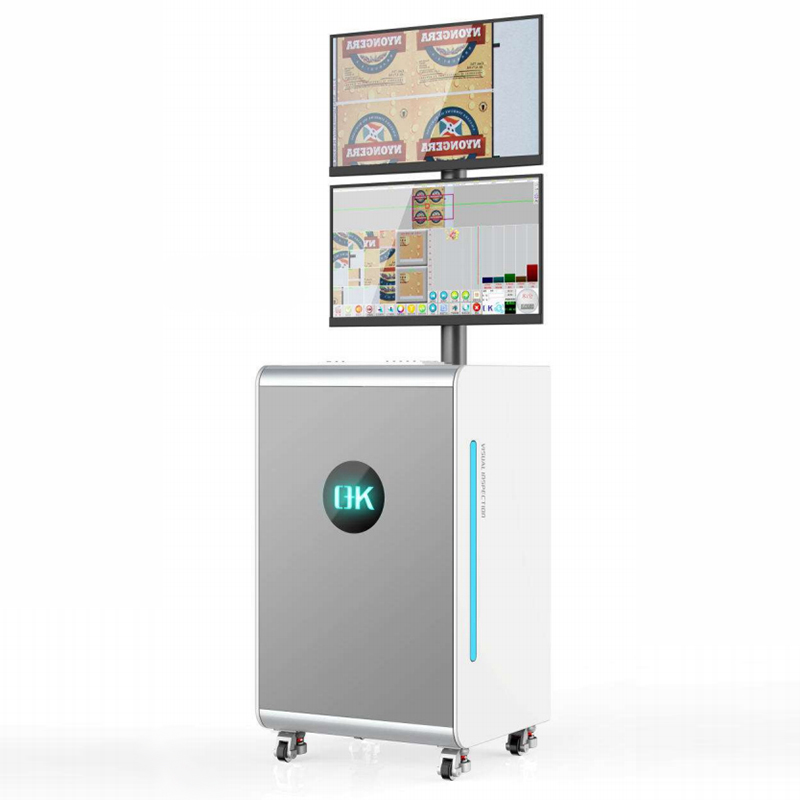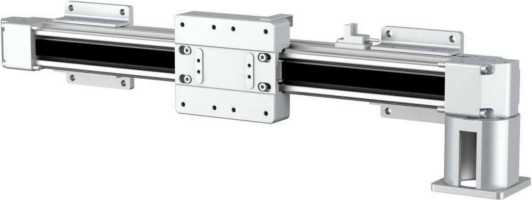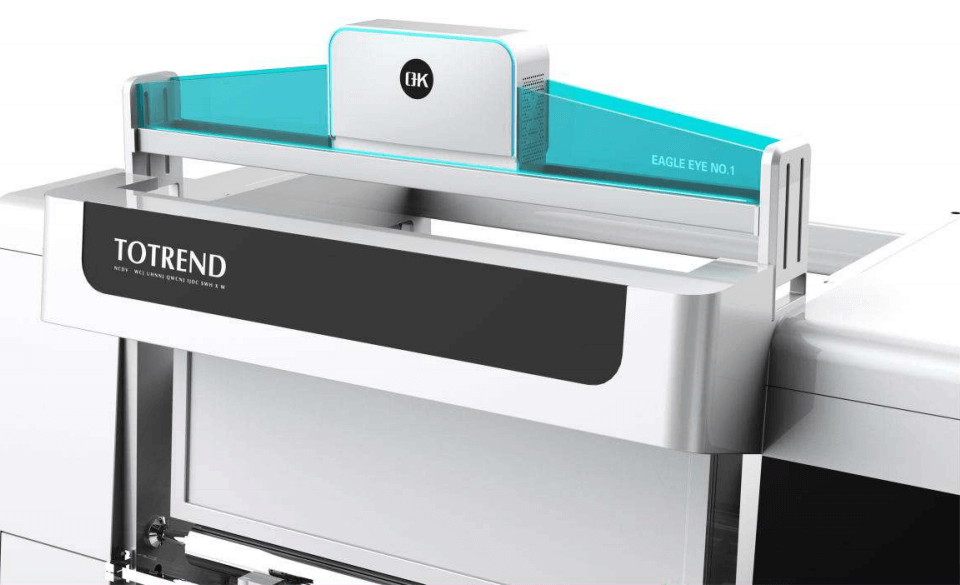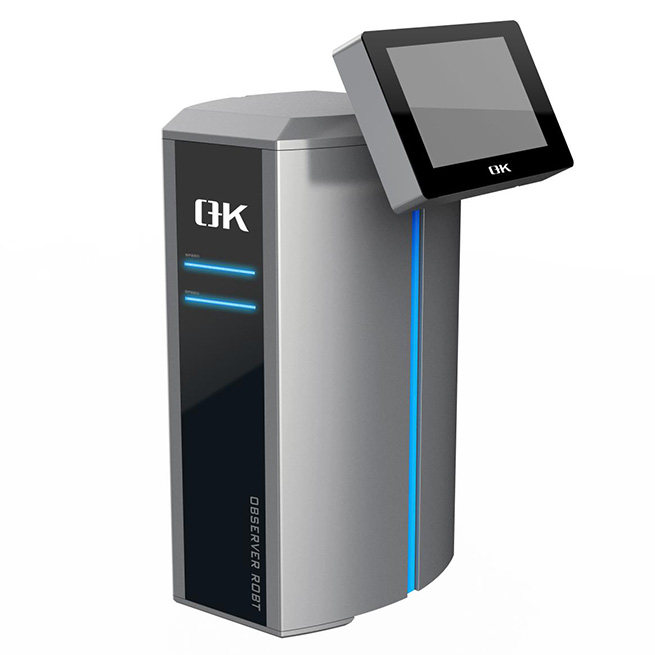The Role of Real-time Video Analysis in Web Inspection Systems
Real-time video analysis has developed as a valuable tool in web inspection systems, giving an efficient and precise method of ensuring product quality, reducing faults, and improving overall manufacturing operations. This article explores the significance of real-time video analysis in web inspection systems, its impact on quality control and its future developments.
The Significance of Real-time Video Analysis in Web Inspection Systems
Understanding Web Inspection Systems
Web inspection systems are critical components of industrial processes, especially in industries like printing, packaging, textiles, and paper. These systems are meant to track and analyze materials (known as the “web”) as they move through the manufacturing process. Traditionally, manual inspection procedures were time-consuming and prone to human mistake. Real-time video analysis in web inspection system overcomes these difficulties by providing automated, fast, and accurate inspection capabilities.

Types of Web Inspection Systems
| Type | Description |
| Surface Inspection Systems: | Focus on detecting surface defects such as scratches, stains, or printing irregularities. |
| Print Inspection Systems: | Specifically designed for inspecting printed content for accuracy and print quality. |
| Coating Inspection Systems: | Ensures even coating application, identifying unevenness or missing coatings. |
Key Features and Capabilities
| Feature/Capability | Description |
| High-Speed Inspection: | Capable of inspecting materials at high production speeds for real-time monitoring. |
| Defect Classification: | Classifies defects based on severity and predefined criteria for quality control. |
| Roll-to-Roll Inspection: | Enables continuous inspection of materials in roll form without interrupting the production process. |
| Customizable Settings: | Allows users to customize inspection parameters and criteria based on specific production requirements. |
Advantages of Real-Time Video Analysis
1. Speed and Efficiency
| Instantaneous Inspection | Increased Throughput |
| Real-time analysis allows immediate inspection of the moving web. | Faster defect detection leads to quicker decision-making, enhancing overall production efficiency. |
2. Accuracy and Precision
| Consistent Inspection | Detection of Minute Defects |
| Automation ensures a standardized inspection process. | High-resolution cameras and advanced algorithms detect even the smallest defects, improving overall product quality. |
3. Reduced Human Error
| Elimination of Fatigue-Related Errors | Objective Assessment |
| Real-time video analysis eliminates errors caused by human fatigue during manual inspections. | The system provides an objective and impartial assessment, removing subjective judgments. |
4. 24/7 Monitoring
| Continuous Production Oversight | Non-Stop Inspection |
| Real-time video analysis operates round the clock, ensuring continuous monitoring. | Uninterrupted inspection capabilities contribute to early defect detection. |
5. Customization and Adaptability
| Tailored to Industry Needs | Flexible Integration |
| Systems can be customized to meet specific industry requirements. | Integration with existing control systems allows seamless incorporation into diverse manufacturing environments. |
Key Components of Real-Time Video Analysis in Web Inspection Systems
| High-Resolution Cameras | Machine Learning Algorithms | Integration with Control Systems |
| Capture detailed images | Enhance defect detection | Ensure immediate corrective actions |
| Enable in-depth analysis | Adapt and learn over time | Minimize impact on production |

Applications across Industries
| Printing and Packaging | Textiles | Paper Manufacturing |
| Ensure print quality | Detect defects in fabrics | Identify tears and wrinkles |
| Minimize color variations | Ensure fabric uniformity | Enhance coating consistency |

Future Trends and Developments of Real-Time Video Analysis in Web Inspection Systems
1. Advancements in Artificial Intelligence (AI) and Machine Learning (ML)
The advancement of AI and machine learning algorithms will be critical in improving real-time video analysis capabilities. Future systems are likely to exhibit improved accuracy and efficiency in defect detection as these algorithms become more sophisticated and adaptable. Continuous learning and the ability to adapt to evolving production environments will be key areas of focus.
2. Integration with Industry 4.0 and Smart Manufacturing
Web inspection systems are expected to integrate seamlessly with broader Industry 4.0 initiatives and smart manufacturing concepts. This integration will involve real-time communication between web inspection systems and other components of the manufacturing process, creating a more interconnected and responsive production ecosystem.
3. Edge Computing for Enhanced Speed and Efficiency
The adoption of edge computing will become more prevalent, enabling real-time data processing and analysis directly at the source—on the production line. This move towards edge computing will reduce latency, allowing for quicker decision-making and immediate corrective actions in response to detected defects.
4. IoT Connectivity for Comprehensive Monitoring
The Internet of Things (IoT) will continue to play a crucial role in web inspection systems. Increased connectivity with IoT devices will provide comprehensive monitoring capabilities, allowing manufacturers to collect and analyze data from various points in the production process. This data-driven approach will contribute to predictive maintenance and proactive quality control measures.
5. Enhanced Imaging Technologies
Continuous advancements in imaging technologies, such as high-resolution cameras and hyperspectral imaging, will improve the ability of real-time video analysis to gather detailed and nuanced information. This will be especially crucial in businesses with rigorous quality standards, such as pharmaceutical and electronics production.
6. Augmented Reality (AR) for Maintenance and Training
The use of augmented reality will extend beyond the production line to maintenance and training. AR interfaces can provide maintenance personnel with real-time information, such as equipment health status and troubleshooting guides. Additionally, AR can be utilized for training purposes, offering immersive and interactive experiences for operators.
7. Cloud-Based Solutions for Scalability
Cloud-based solutions will improve scalability and accessibility. Manufacturers can use cloud computing to store and analyze large amounts of data generated by online inspection systems. This will allow for centralized management, remote monitoring, and data-driven insights.
8. Robotic Integration for Automated Handling
Integration with robotic systems will enable the automated processing of problematic items detected by web inspection tools. This seamless synchronization of inspection and handling procedures will help to improve efficiency and reduce dependency on manual intervention.
9. Cybersecurity Measures
As web video inspection systems become more interconnected, strong cybersecurity measures will be required. In the face of emerging cyber risks, it will be important to protect sensitive production data from unauthorized access while also maintaining the integrity of the inspection process.

Conclusion
Real-time video analysis has transformed web inspection systems, giving manufacturers an effective tool for ensuring product quality, increasing efficiency, and reducing defects. As technology advances, the combination of real-time video analysis with other cutting-edge technologies will improve the capabilities of web inspection systems, helping to shape modern production processes. Embracing these improvements will be critical for organizations looking to remain competitive and provide high-quality products in today’s dynamic industrial world.

